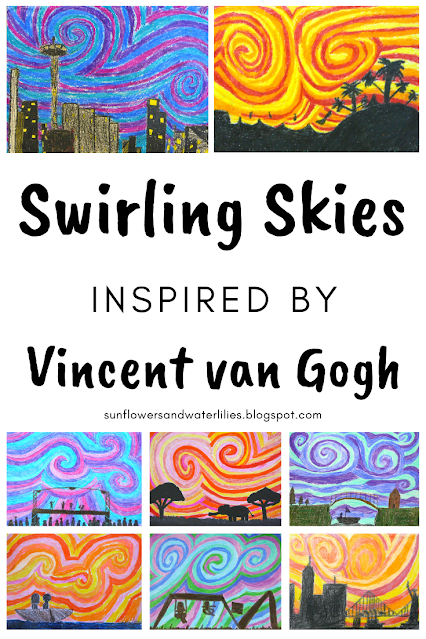Cubism Drawings
After studying artist Pablo Picasso, 6th grade students had their hand at creating their own Cubism drawings. Students chose their own subject matter and practiced different ink shading techniques to transform their drawings into the Cubism style.
We learned about iconic artist Pablo Picasso using this PowerPoint and Art Lesson. The PowerPoint reviews all his styles, from his early works and Blue Period to Cubism and his later works.
Cubism is a fascinating style of art that revolutionized 20th century art. In Cubist artwork, objects are analyzed, broken up and reassembled in an abstracted form. Instead of depicting objects from a single viewpoint, the artist shows the subject from several viewpoints at the same time for a more authentic representation of the subject.
This is a complex style of art to wrap your head around. More advanced high school students may be able to grasp how to actually draw an object from different perspectives like Pablo Picasso and Georges Braque did. For middle school students, a simplified way to achieve this is to break a drawing into smaller sections and shade those sections at different angles.
To create our own versions of Cubism, students started by drawing their own subject matters, and their ideas ranged from portraits to landscapes to still life objects. Then, we broke our drawings up into sections by drawing lines going from one end of the paper to another, or from one line to another line. We tried to keep each area large enough to shade inside it.
We used analogous colors to help distinguish between the different objects in our drawings, and we began shading each area using a different shading technique: stippling, hatching, cross-hatching, and basic shading. Students alternated which technique they used in each area, and they also rotated which direction the shading was going in. This really helped to give the drawings the look of warped perspective that Cubism is known for.
This was such a fun way to practice these different shading techniques while tying into our Art History studies. A great way to turn an ordinary object into an extraordinary work of art!
Happy coloring!












Comments
Post a Comment